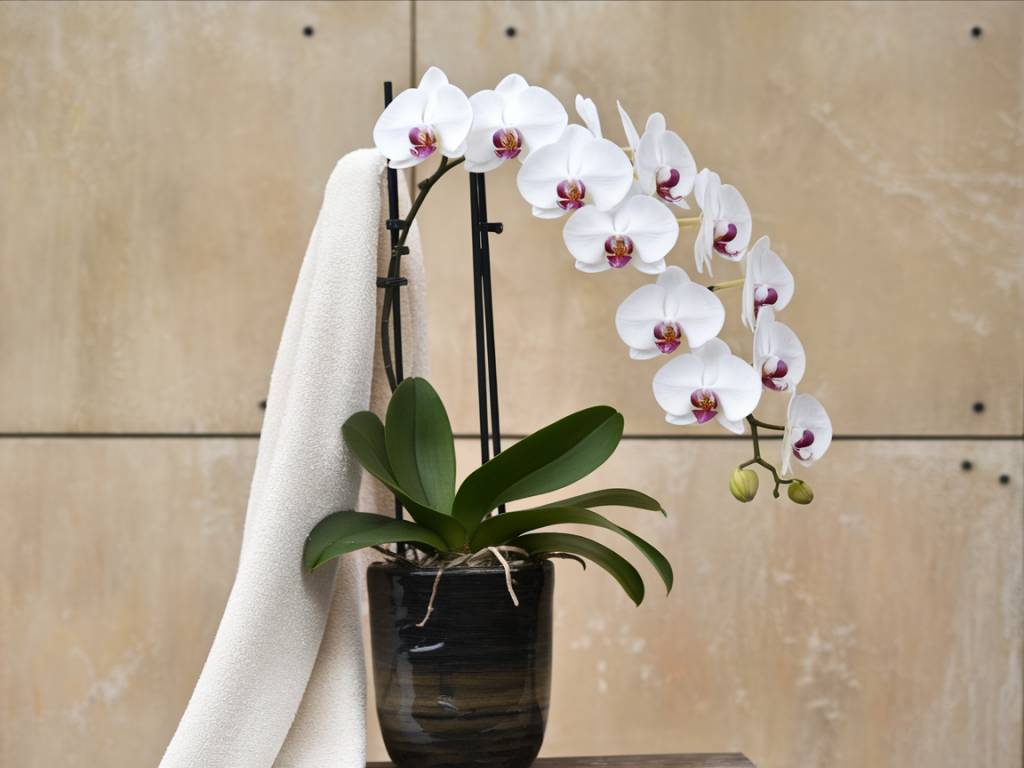If you’re an orchid lover like me, you’ll know just how rewarding it can be to see these beautiful flowers thriving in your home. Yet, I also understand the challenges that come with keeping orchids healthy and ensuring they bloom year after year. Through my years in gardening, I’ve discovered several handy tips and techniques to ensure that your orchids remain vibrant and healthy. Here are my favourite guidelines and practices to follow for long-lasting orchid flowers.
Choosing the Right Orchid
One of the first steps in caring for orchids is to choose the right type of orchid that matches your environment and experience level. Some orchids are more forgiving and easier to care for, making them perfect for beginners. Phalaenopsis, commonly known as the moth orchid, is a great starter plant. It’s relatively simple to care for and is available in many varieties and colours.
Understanding Light Requirements
Orchids need specific light conditions to thrive, and this can vary depending on the type of orchid. Most orchids prefer bright, indirect light. Placing them near a south or east-facing window is often ideal. Be cautious of direct sunlight, especially during the hotter months, as it can scorch the leaves.
To determine if your orchid is getting the right amount of light, observe the leaves. If they are bright green, the orchid is likely receiving adequate light. Dark green leaves may indicate insufficient light, while yellow or brown leaves often signify too much direct light.
Maintaining the Right Temperature and Humidity
Temperature and humidity are crucial factors for growth and blooming. Orchids generally thrive in temperatures between 15°C to 30°C. Overnight temperatures that are slightly cooler can help trigger blooming in some species.
Humidity is another essential element. Most orchids prefer a humidity level between 40% to 70%. To increase humidity, especially in drier environments, you can place a humidity tray near your orchids, use a room humidifier, or occasionally mist the plants with water.
Watering Techniques
Proper watering is vital to keep your orchids healthy. Overwatering or underwatering can both lead to serious issues such as root rot or drying out, respectively. Here are some tips that I always follow:
- Water your orchids early in the day to allow excess moisture to evaporate by evening.
- Use tepid water, as cold water can shock the plant.
- Allow the potting medium to dry out slightly between waterings. The roots should be kept moist but not waterlogged.
- Keep an eye on the roots. Healthy roots are firm and green. If they turn brown or mushy, it’s a sign of overwatering.
- In general, a weekly watering schedule works well, but this can vary depending on the type of orchid and climate conditions.
Proper Potting and Repotting
The potting medium you choose for your orchid is critical. Orchids aren’t grown in regular soil but rather in specialized growing mediums like bark, sphagnum moss, or a combination of these. This helps provide the airflow and drainage that orchid roots need.
Orchids should be repotted every 1 to 2 years, or when you notice the potting medium breaking down. Here is how I go about repotting my orchids:
- Gently remove the orchid from its current pot and carefully shake off the old potting medium from the roots.
- Trim away any dead or damaged roots with sterilized scissors.
- Choose a pot that allows for airflow; clear pots are particularly useful as they let you monitor root health.
- Fill the pot with fresh orchid potting medium, spreading the roots gently and evenly.
- Place the orchid in its new pot, ensuring it’s secure but not overly potted.
Fertilizing Tips
Orchids benefit from regular, balanced feeding, but over-fertilizing can cause more harm than good. I recommend using a balanced orchid fertilizer with a 20-20-20 formula, diluted to half strength.
- Feed your orchids every 2 weeks during the growing season, which is typically from spring to early autumn.
- In the dormant season, reduce fertilizing to once a month or stop altogether.
- Flush the potting medium with plain water every few months to prevent salt buildup from the fertilizer.
Pruning and Care After Flowering
Pruning orchids can encourage new growth and flowering. Once the flowers have faded, you should cut back the flower spike. Here’s my approach to pruning:
- For Phalaenopsis orchids, cut the stem just above a node (small bud) under the first flower.
- If the spike turns brown and dies, cut it back at the base.
- Trim any dead or yellow leaves carefully, but avoid cutting healthy tissue.
After flowering, orchids may enter a resting period. During this time, you should reduce watering but keep the plant in a warm, indirect light location.
The Importance of Air Circulation
Orchids thrive in environments where there’s good air circulation. Stagnant air can lead to pest infestations and fungal infections. Ensure there’s good ventilation around your orchids. Avoid placing them too close together and open windows or use fans to keep air moving.
In greenhouses or indoors, small fans can help maintain air circulation. Just make sure the airflow is gentle and not directly blowing onto the orchid.
Dealing with Pests and Diseases
Orchids are relatively hardy, but they can still fall victim to pests and diseases. The key is to catch and treat any problems early. Common pests include spider mites, aphids, and mealybugs. Clean affected areas with a cotton swab dipped in rubbing alcohol. For severe infestations, insecticidal soap can be used, but always choose products safe for orchids.
Monitor your orchids for signs of disease such as black spots, wilting, or mold. Ensure good air circulation and avoid overwatering to prevent fungal issues. If your plant is infected, isolate it and treat it promptly.
Caring for orchids requires a bit of patience and attention, but the results are well worth it. With these tips, I hope you’ll find it easier to enjoy the enchanting beauty of your orchids for many seasons.
Happy gardening!
Samanta
